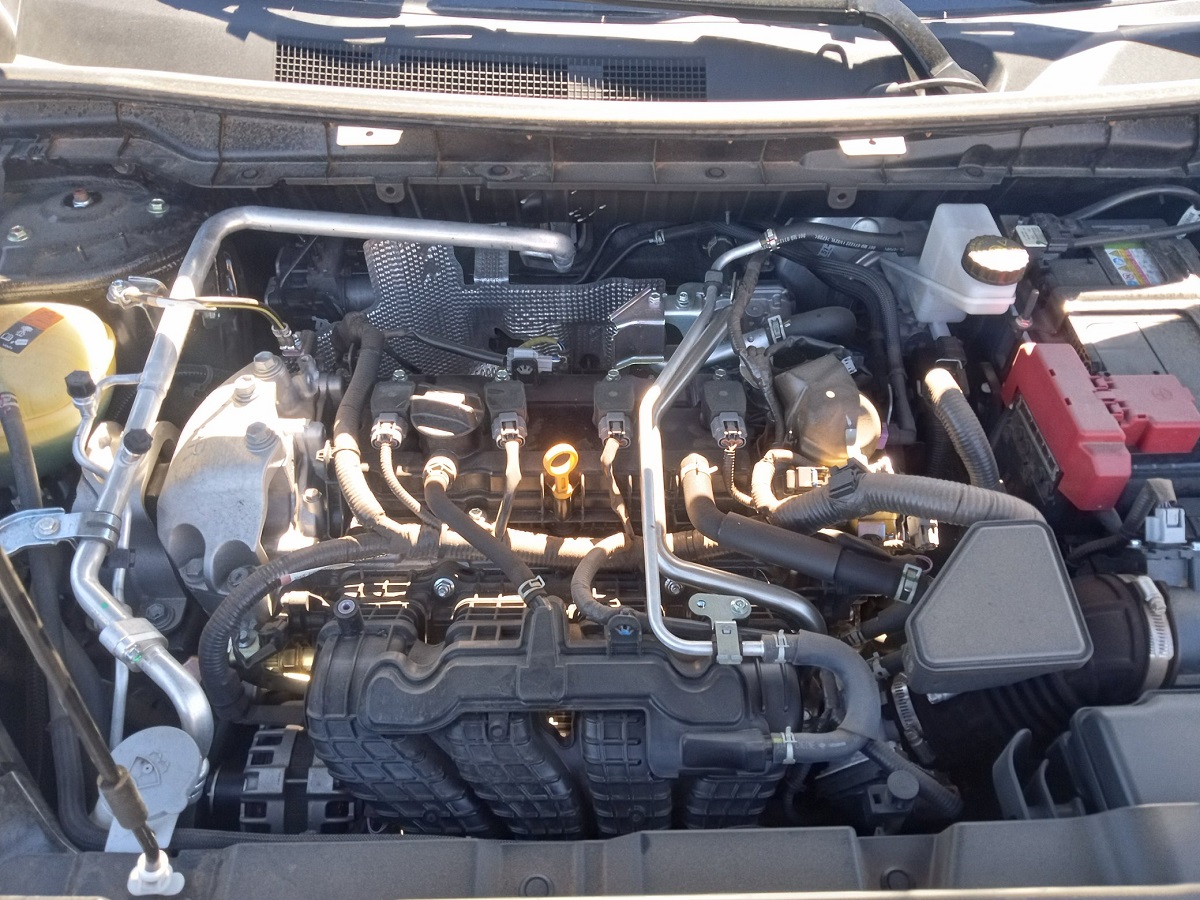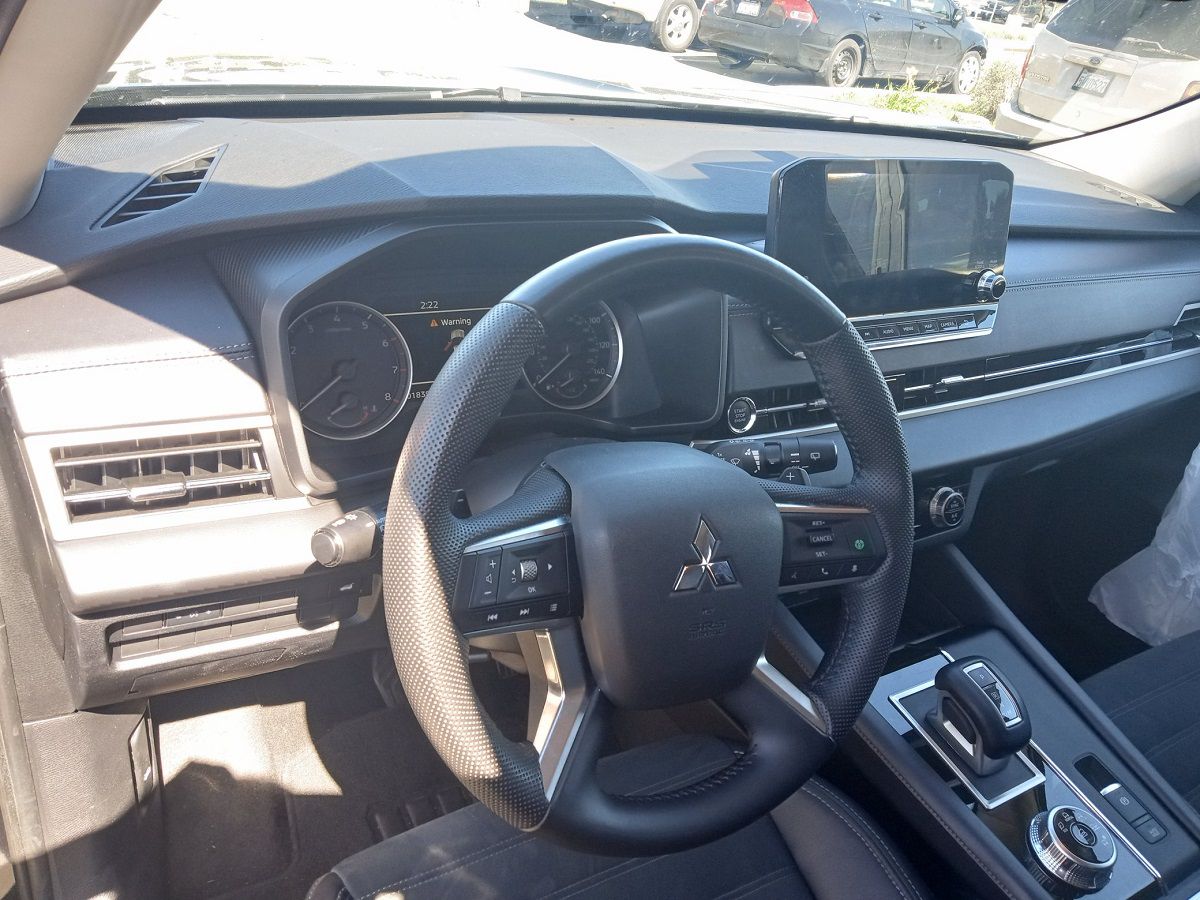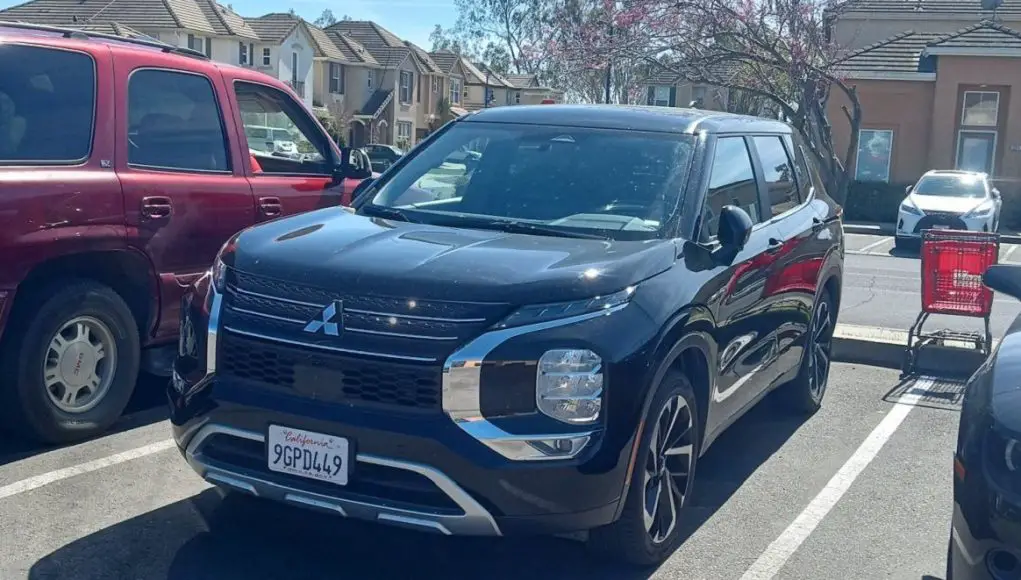Here’s how fast I think the 2023 Mitsubishi Outlander is after renting one for three days.
After picking up a 2023 Mitsubishi Outlander as a rental last month, I was not at all surprised to find a naturally aspirated four cylinder under the hood.
The 2.5L puts out 181 HP and 181 lb-ft with that NA power routed through a CVT transmission.

Car magazines and websites say that’s good enough for a sprint to 60 MPH in 10 seconds (9.9 to be exact.)
Weighing in at nearly 4,000 pounds and with seats for 7, that four cylinders certainly got its work cut out for it.
Despite weighing that much and with just a four cylinder, is the Outlander dangerously slow?
No, and here’s why.
First impressions
As someone who only owns and drives small, automatic cars with four-cylinder engines, I consider my driving expectations to be that of the average driver.

Then again, I’ve driven and ridden in a lot of high horsepower cars like a twin turbo’d Nissan 240, so I know what fast feels like.
That being said, when I first drove off in the Outlander on our mini-vacation, four full sized adults plus all our luggage, and gave it a wide-open throttle acceleration, yeah, it was slow.
The engine, guided by the CVT, howled up to the peak RPM it deemed appropriate, and I hardly got out of my own way.
But accelerate, it did.
The Outlander is definitely slow, but not dangerously slow.
In order to get up to highway speeds, I mashed it to the floor and safely accelerated up to 65 MPH without feeling like I wasn’t going fast enough.
And, when I wanted to overtake cars, I’d mash it to the floor again and accelerate sufficiently fast enough (up to 80 MPH maybe) to overtake cars.
In the first hour of driving the Outlander, I’d gotten used to the acceleration and honestly, it was livable.
The CVT does such a good job wringing as much usable power out of that 2.5L in both city and highway driving, and this is all before I discovered sport mode.
Tarmac/Sport Mode makes it the Outlander feel punchy.
The last day of the rental, I started to play around with the different drive modes and, when I put the Outlander into Tarmac mode, it definitely felt faster and more punchy when giving it the beans.
According to Puente Hills Mitsubishi,
“Tarmac mode is ideal for rapid acceleration response and high-cornering performance to create a sporty and fast-paced experience.”
Since it’s a CVT, I assume it changes the “shift” profile to favor a more, performance oriented engine mapping over fuel efficiency.
As for throttle response, it’s more responsive and feels like it’s shifted to a lower gear so, when you blip the throttle, the Outlander responds almost instantaneously.
You can really tell the difference in city driving.
Dare I say, in Tarmac Mode below 45 MPH, the Outlander felt…quick?
Conclusion
Compared to a sports car, the Outlander is certainly slow.
For its class, mid-sized crossovers with seating up to 7, the Outlander is below average.
But, for an average Joe, the Outlander is not dangerously slow and is fast enough.
And, if you put it in Tarmac Mode, the Outlander almost feels quick.
With that being said, I was impressed by the Outlander’s overall styling and fit and finish (again, I don’t drive many cars, and the ones I drive are economy cars, so it doesn’t take a lot to impress me.)

Honestly, even at $37,000 fully loaded, maybe touching $40,000 after all the fees, I’d seriously consider financing for one if I was in the market for a family crossover.




